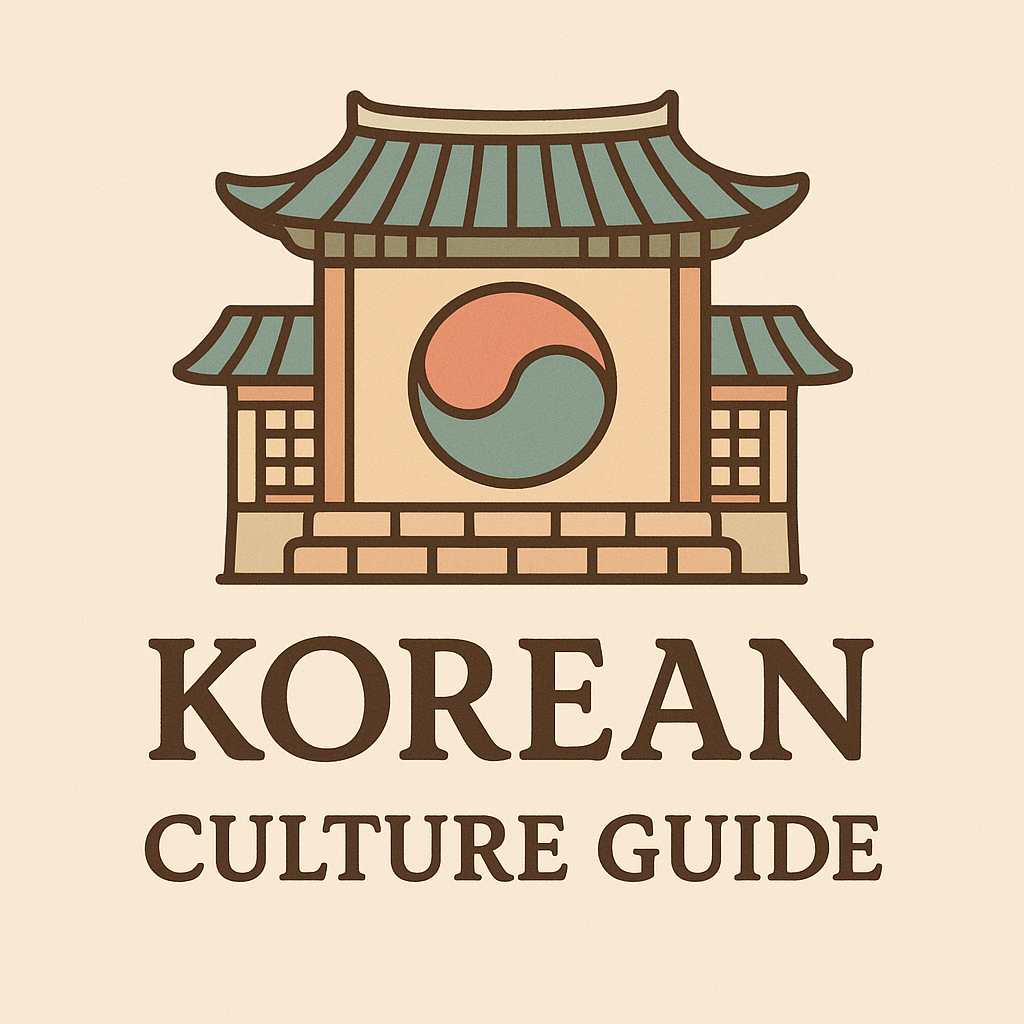-
contents
Traditional Korean Medicine (TKM) is more than acupuncture and herbal remedies—it’s a centuries-old system of healing rooted in harmony with nature. While many modern treatments have overshadowed them, forgotten practices such as moxibustion, Sasang typology, and spiritual rituals offer profound insights into holistic wellness. Discover how these ancient techniques once healed the body, mind, and soul in ways modern science is only beginning to understand.
The Philosophy of Healing in Traditional Korean Medicine
Traditional Korean Medicine is grounded in the belief that health comes from a balanced flow of energy, or qi, through the body. Unlike Western medicine, which often isolates symptoms, TKM treats the whole person—body, mind, and environment. Central to this philosophy is the harmony between the five elements (wood, fire, earth, metal, water) and the body’s organs.
This holistic approach allowed practitioners to diagnose not just disease but imbalance—emotional, seasonal, or even spiritual. A patient wasn’t simply “ill”; they were out of sync with nature. This fundamental belief gave rise to healing methods that were gentle, preventative, and deeply intuitive.
Moxibustion: Fire for Healing
One of the most overlooked yet powerful healing techniques in TKM is moxibustion, or tteum. It involves the burning of dried mugwort on or near the skin at specific acupuncture points to stimulate circulation and strengthen the immune system.
Historically, Korean mothers used moxibustion to treat chronic fatigue, cold limbs, and even digestive problems. It was known for its warming properties, particularly useful in harsh Korean winters. The gentle heat helped “drive out the cold” and restore vitality. Today, while still used in some clinics, this ancient fire-based therapy is largely forgotten outside specialized circles.
Sasang Typology: Personalized Medicine Centuries Ahead of Its Time
Sasang typology is a system unique to Korean medicine that categorizes individuals into four constitutional types: Taeyang, Taeeum, Soyang, and Soeum. Each type has specific physical characteristics, psychological tendencies, and predispositions to certain illnesses.
Long before DNA tests and personalized health apps, Korean physicians tailored treatments, diets, and even lifestyle advice according to one's constitution. A Soeum person might be advised to avoid raw foods and cold environments, while a Taeeum person may benefit from detoxifying herbs and vigorous exercise.
Though this typology system has faded from public view, it offers one of the earliest examples of true individualized medicine, centuries ahead of modern functional medicine.
Herbal Baths and Steaming: Cleansing the Body Inside and Out
Another forgotten gem in traditional Korean healing is the use of herbal baths and steaming treatments. Known as yak-tang-mok, these baths used herbs like angelica, chrysanthemum, and mugwort to promote detoxification, circulation, and relaxation.
Steaming was especially popular among women for postpartum recovery—a practice called san-hu-jori. Bathhouses infused with herbal steam were not only physical sanctuaries but communal spaces where healing was shared. Today, few remember that many of Korea’s public bath traditions have roots in these therapeutic rituals.

Spiritual and Shamanic Healing: The Mind-Body Connection
While spiritual healing may seem distant from modern clinical practices, in historical Korea, it was inseparable from physical health. Illness was often believed to be caused by emotional trauma, ancestral spirits, or disrupted energy fields.
Shamanic healers (mudang) performed rituals called gut, designed to restore harmony between the person and the spirit world. These were not just religious events—they were seen as necessary acts of energetic realignment. From mental illness to infertility, these ceremonies addressed the invisible causes of suffering.
Although largely marginalized today, these practices underscore a key aspect of Korean healing culture: that the body and soul must both be treated for true health to return.
Pulse Diagnosis and Facial Reading: Lost Arts of Intuition
Ancient Korean physicians didn’t rely on blood tests or scans. Instead, they used pulse diagnosis, analyzing up to 28 different pulse qualities to determine internal imbalances. A weak, rapid, or slippery pulse might reveal issues with specific organs or emotional states.
Similarly, facial reading (gwansang) was used to identify health conditions. Each facial feature corresponded with different organs—the eyes with the liver, the nose with the lungs, and so on. Discoloration, tension, or asymmetry gave clues to deeper ailments.
These methods required years of study and intuitive sensitivity, making them rare and nearly lost in today’s digitized world.
Rediscovering Ancient Wisdom for Modern Wellness
Traditional Korean Medicine is a treasure trove of wisdom, much of which has faded into obscurity. As the modern world races toward technological solutions, these forgotten practices remind us of the power of intuition, nature, and balance. From moxibustion to shamanic healing, each method reflects a culture deeply in tune with the rhythms of the body and the earth.
In an age of burnout and overmedication, perhaps it’s time we revisit the gentle, holistic ways of our ancestors—not to replace modern medicine, but to enhance it. By embracing the forgotten healing practices of TKM, we reconnect with a timeless path to wellness rooted in simplicity, nature, and harmony.
'culture' 카테고리의 다른 글
Why Koreans Believe in Dream Symbols: The Hidden World of Mongyim (0) 2025.05.13 The Secret Life of Korean Household Talismans (부적): Protection or Placebo? (0) 2025.05.12 Why Koreans Never Whistled at Night: The Folklore Behind the Superstition (0) 2025.05.11 Why Traditional Korean Ink Paintings Used Minimalist Techniques (0) 2025.05.10 How Pansori Shaped Korean Music and Storytelling (0) 2025.05.08 The Symbolism of Lotus Flowers in Korean Culture (0) 2025.05.07 Why Korean Royal Palaces Were Designed for Cosmic Harmony (0) 2025.05.06 How Traditional Korean Fans Told Stories of Status and Art (0) 2025.05.05
K_Culture Guide
Korea Vibes Blog shares real stories, cultural insights, and travel tips from Korea. Discover what makes Korean life so unique.
